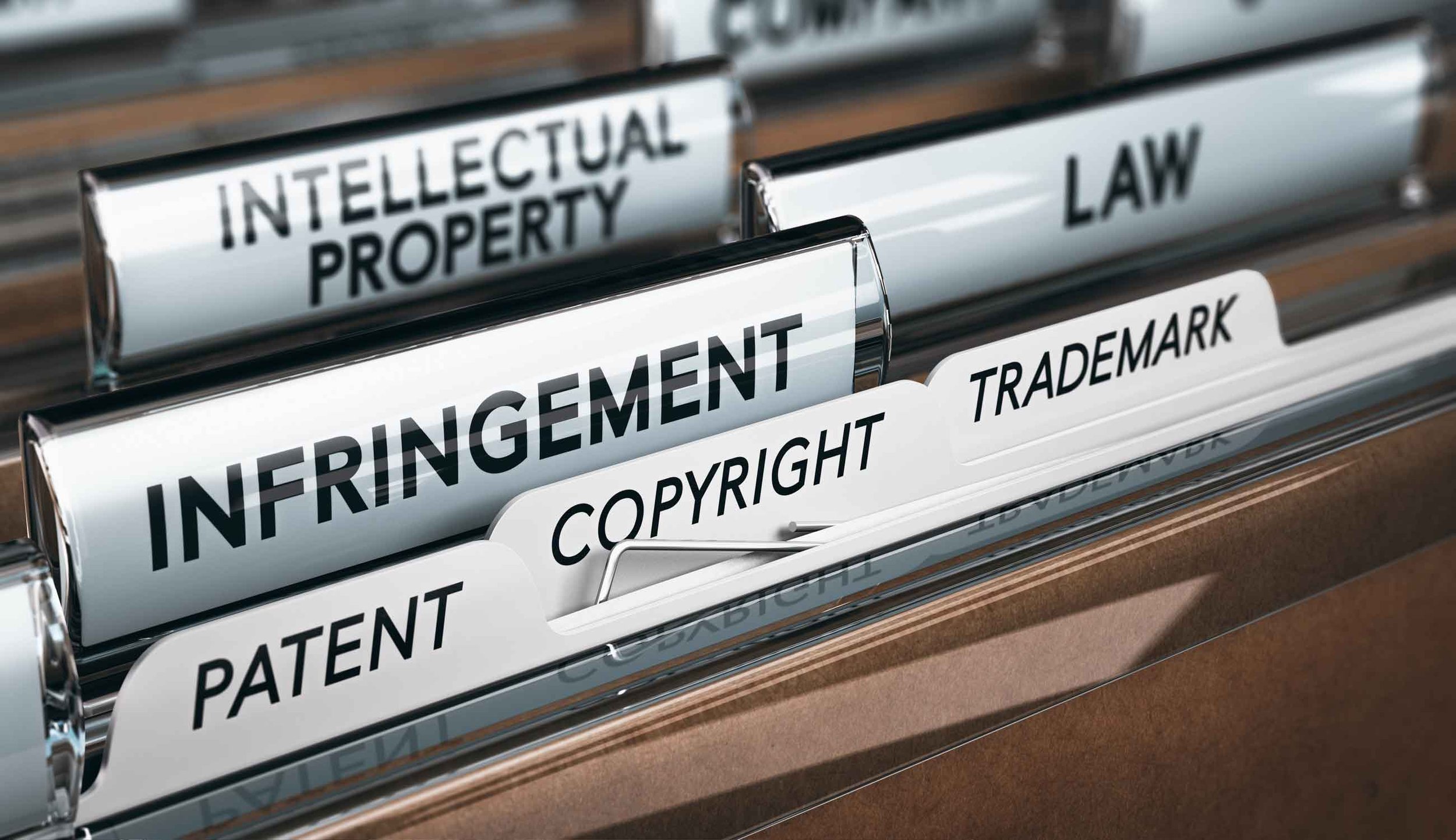
Insights:
Understanding Copyrights for Text and Images
As an author, it's important to understand the basics of copyrights when it comes to using images and text in your book. A copyright is a legal right that gives the creator of a work exclusive control over how it's used and distributed. This applies to everything from books and articles to photographs and artwork.
When it comes to using images and text in your book, you need to make sure you have the appropriate rights and permissions to do so. This means either creating your own images and text or obtaining permission from the copyright holder to use their work.
If you use someone else's work without permission, you could be infringing on their copyright. This could result in legal action and potentially costly damages. To avoid this, it's important to understand the basics of copyright law and how it applies to your book.
One way to obtain permission to use someone else's work is through a license. A license is a legal agreement between you and the copyright holder that allows you to use their work under certain conditions. There are different types of licenses, so it's important to read and understand the terms of any license you obtain.
You can also use images and text that are in the public domain. This means that the copyright has expired or that the copyright holder has waived their rights. Public domain works can be used freely without the need for permission or a license.
In addition to obtaining the appropriate rights and permissions, it's also important to properly attribute the work you use in your book. This means providing the name of the creator and the source of the work, either in the text of your book or in a credit section at the end.
Overall, understanding copyrights for images and text is an essential part of the publishing process for authors. By obtaining the appropriate rights and permissions and properly attributing the work you use, you can avoid potential legal issues and ensure that your book is in compliance with copyright law.



